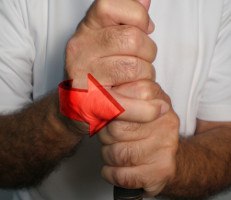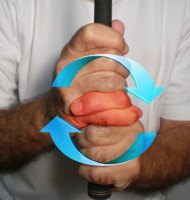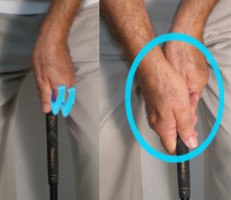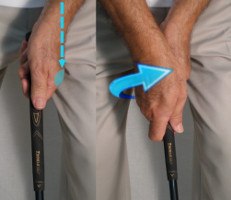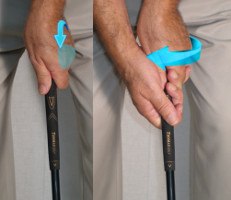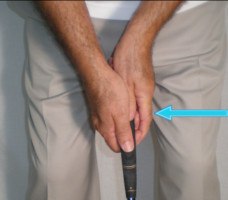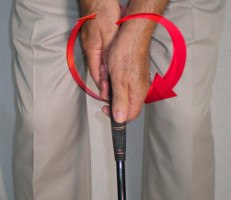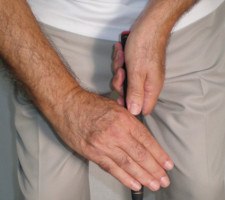Pros and Cons of Every Golf Grip Style |
Best Grip? Overlapping vs Interlocking |
Grip style: Vardon (overlapping)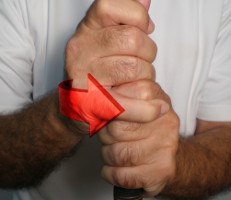 |
Hand position: Neutral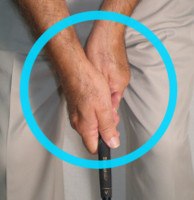 |
Putting grip style / hand position: Reverse overlap / neutral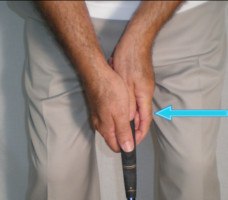
|
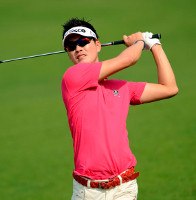
Korean golfers are known internationally for their sound fundamentals, and Kim Hyung-sung’s grip shows why.
A star on the Japan Tour, where he’s won three times, Kim boasts a model grip. Both hands are positioned neutrally, though his left may roll into a slightly strong placement at times. There’s very little that can go wrong with such a grip. It enables Kim to swing on plane without manipulating his hands, wrists or forearms during the swing. It allows him to work the ball in either direction with minimal adjustment, and won’t cause a rampant case of hooks or blocked shots the way a strong or weak grip might.
Like his compatriot K.J. Choi, Kim Hyung-sung’s grip with the putter wraps around an oversized handle. His left wrist is in a pronounced “uncocked” (aka “unhinged”) posture, which effectively locks the club in place and minimizes wrist movement.
A trait Kim shares with practically every tour pro is extremely light grip pressure with the putter. Far too many amateurs hold the putter with visible tension in the hands and forearms, which chokes their feel, inhibits rhythm and causes a short, jerky stroke.
While light grip pressure is recommended, the perfect amount varies by golfer. Some players putt best with the softest possible grip – a 2 on a scale of 1-10, for instance. Others get better results at a pressure of 6 or so. To find your optimum putting grip pressure, try this simple drill:
Grip Pressure Experiment
